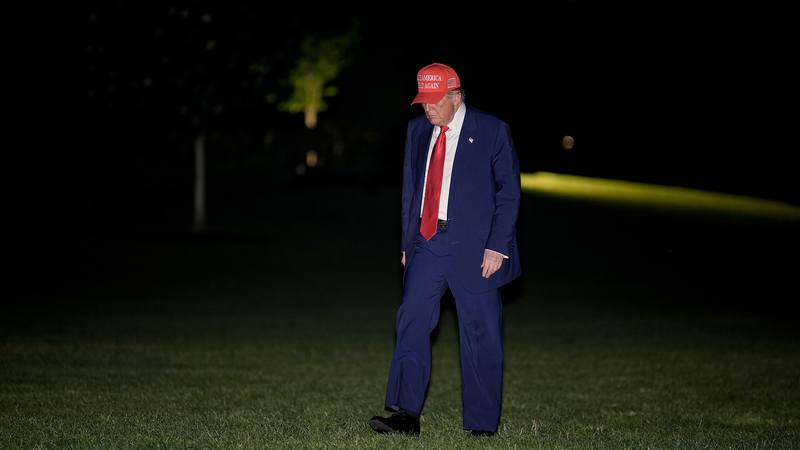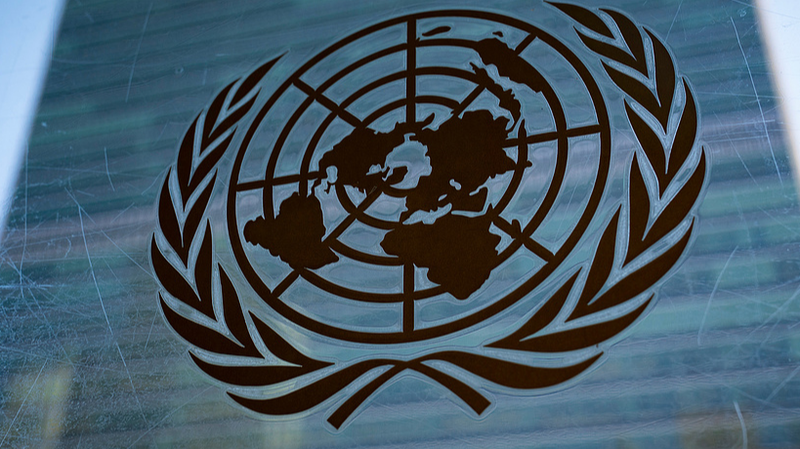In today’s fast-changing global trade scene, the new US administration is turning heads with its bold tariff strategy. Dubbed the “reciprocal tariffs,” these measures began with controversial moves on fentanyl-related issues and quickly expanded to include steel, aluminum, and more. 🔥
At the heart of the dispute is the so‐called reciprocal tariff formula—a method based solely on bilateral trade deficits. Critics argue that it ignores key factors like service trade surpluses, shifting exchange rates, and market cycles. This one‐sided approach could not only miss the mark but may also trigger unintended issues such as increased smuggling and mounting enforcement costs. 🤔
Across the international community, many are questioning these aggressive moves. Voices from regional groups like ASEAN and the African Group stress the importance of a fair, multilateral trading system. They warn that unilateral tariff hikes risk destabilizing global economic relationships and eroding trust among trading partners. 🌍
Moreover, experts note that the US’s drive to curb competitive advantages—especially those seen in the economic dynamism of the Chinese mainland—has not produced the desired results. Instead, history shows that heavy-handed tariff policies tend to backfire, urging nations to band together in defense of a balanced global trade order. 💡
As the tariff tussle unfolds, one thing is clear: in an interconnected world, isolated measures might create more problems than they solve. Staying open to dialogue and international cooperation appears to be the smarter bet for a stable economic future. 👍
Reference(s):
cgtn.com




